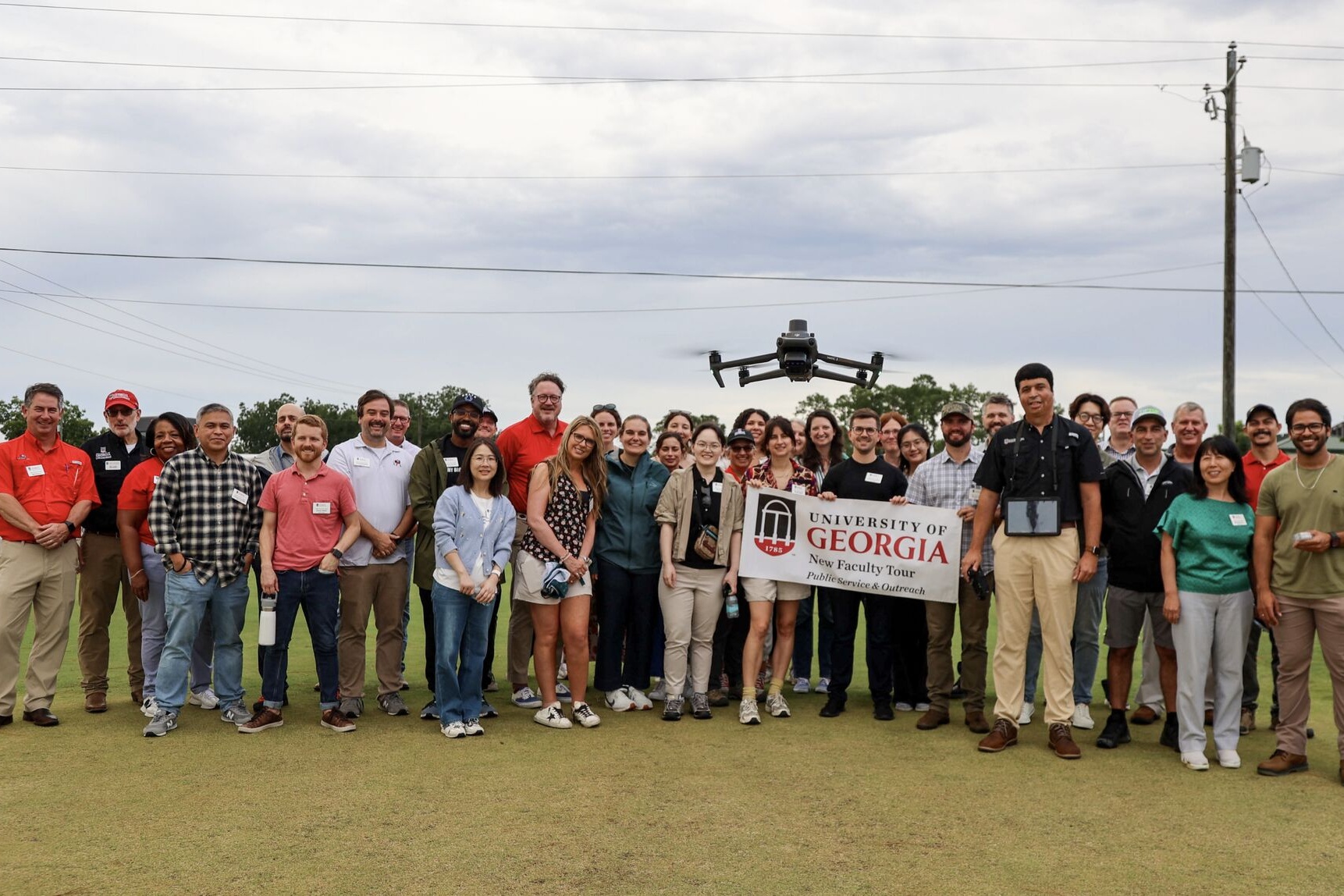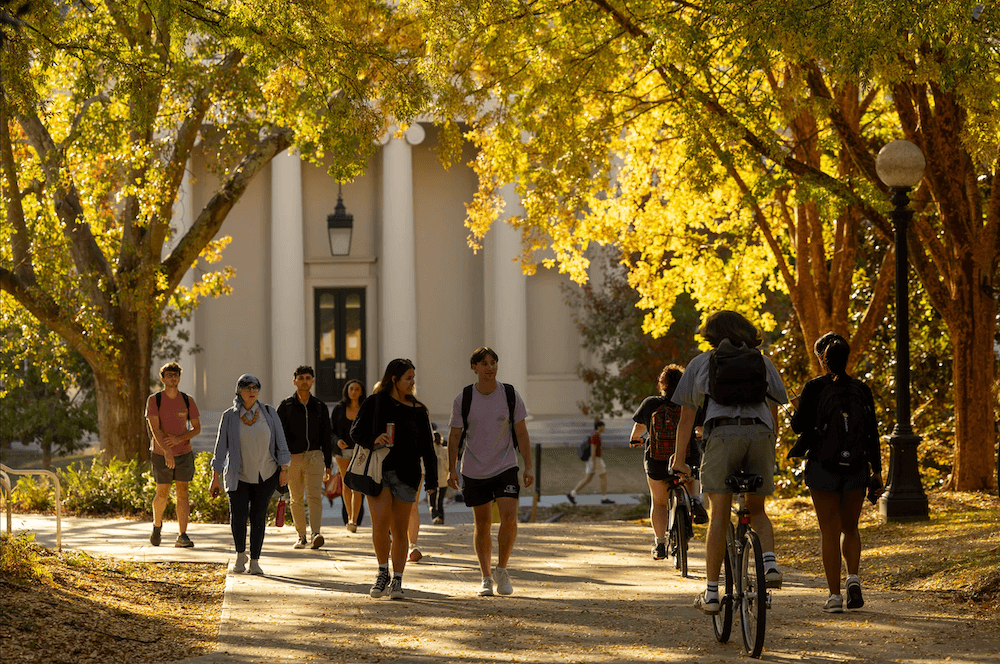By Whitney Boozer
University of Georgia

The paper wasp can be an intimidating insect. Its distinctive coloration of reddish brown with yellow rings on its abdomen is quite striking, and its reputation of producing a painful sting precedes it.
But before you swat one, consider this. Most wasps are beneficial in their natural habitat and are critically important in natural pest control.
Dine on flies, beetles and more
Adult paper wasps feed on other insects, including caterpillars, flies and beetle larvae. They are often considered to be beneficial by gardeners because they are predators of pest caterpillars.
Though these insects can produce a painful sting, they are not really aggressive. They generally attack only when their nest is being threatened, so it’s best to avoid their nesting sites.
The paper wasp gets its name from the appearance of its nest which is composed of wood fibers held together by its saliva. Wasps have a life cycle of complete metamorphosis. This means what hatches from the egg looks nothing like the full-grown wasp.
Paper wasp colonies contain queens, workers and males. A mature nest may house anywhere from 20 to 30 adults at once.
Nests are a team project
Fertilized queens overwinter in cracks and crevices of structures or under tree bark. They select a site and begin to build a nest in the spring. The queen builds cells with well-chewed wood pulp and lays a single egg inside each. The egg hatches in about two weeks, producing a legless grub-like larva. The workers feed the larvae chewed up caterpillars and nectar.
Once the larva is ready to pupate, the cell is capped off and the pupal stage begins. This stage lasts about two weeks. The entire life cycle from egg to adult takes about two months to complete.
The sex of the wasp is determined by whether or not the egg was fertilized. Adult males are produced from unfertilized eggs, and queens and sterile females come from unfertilized eggs.
You don’t have to worry much about wasps in the winter. The queen stops laying eggs in the late summer, and the colony begins to decline. Mated female offspring seek overwintering sites in the fall and emerge the following spring to start a new colony. The remainder of the colony does not survive the winter.



